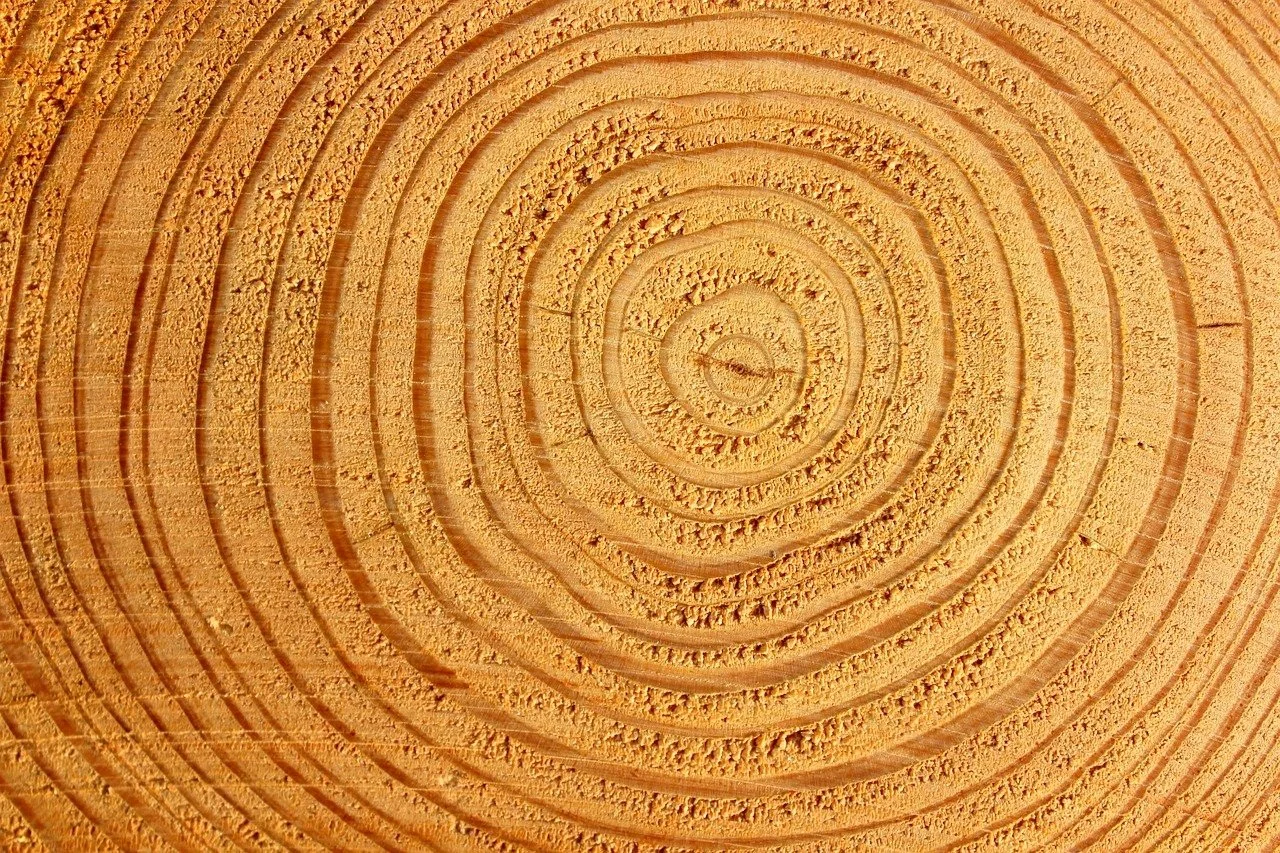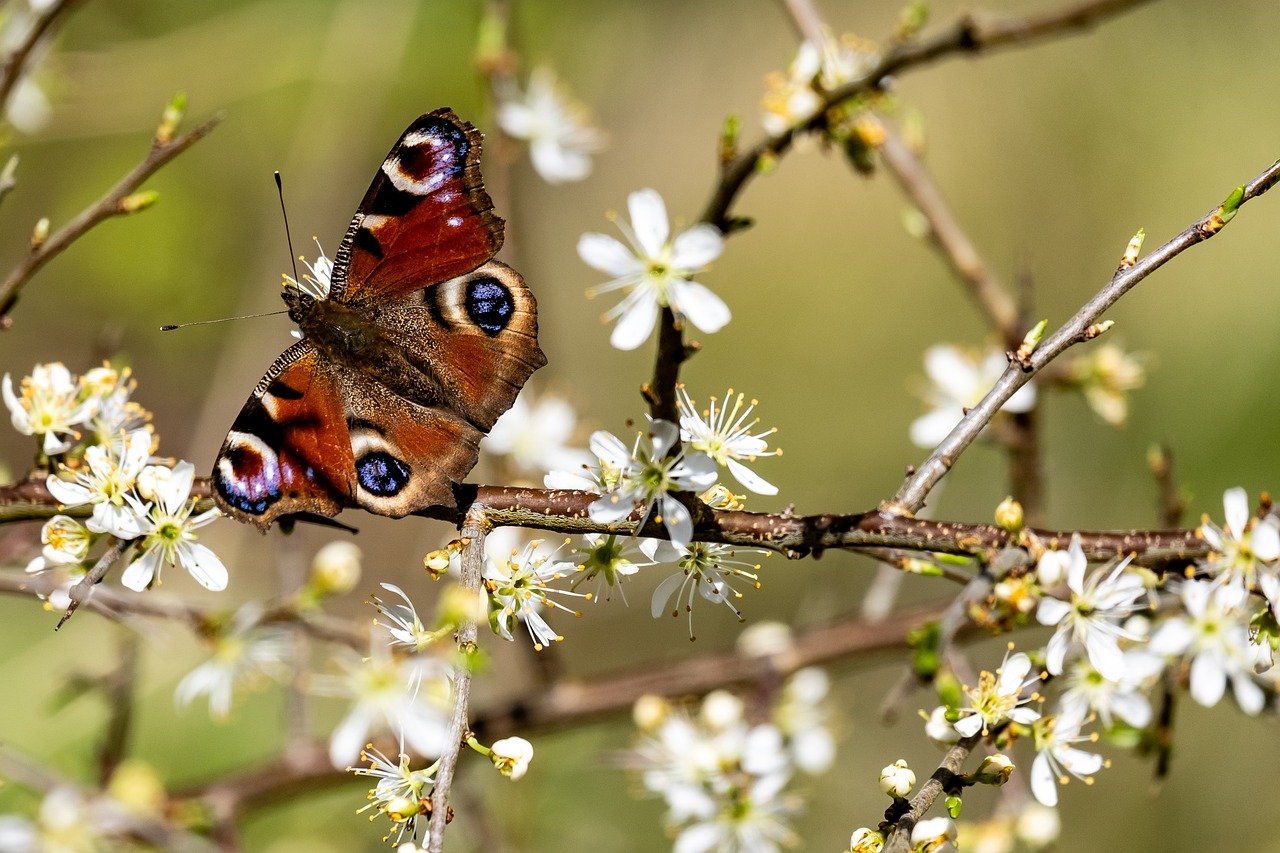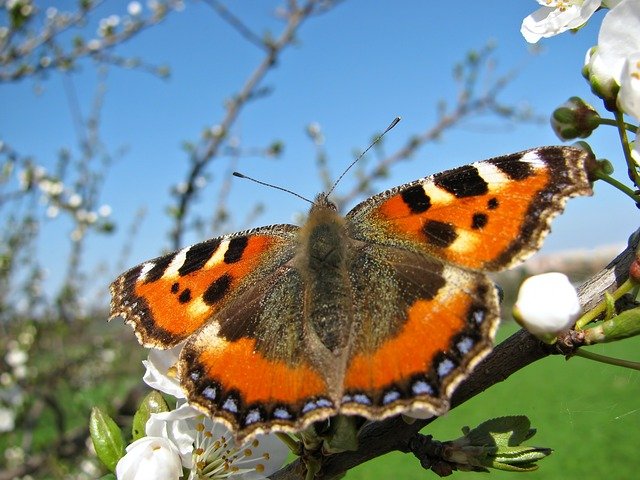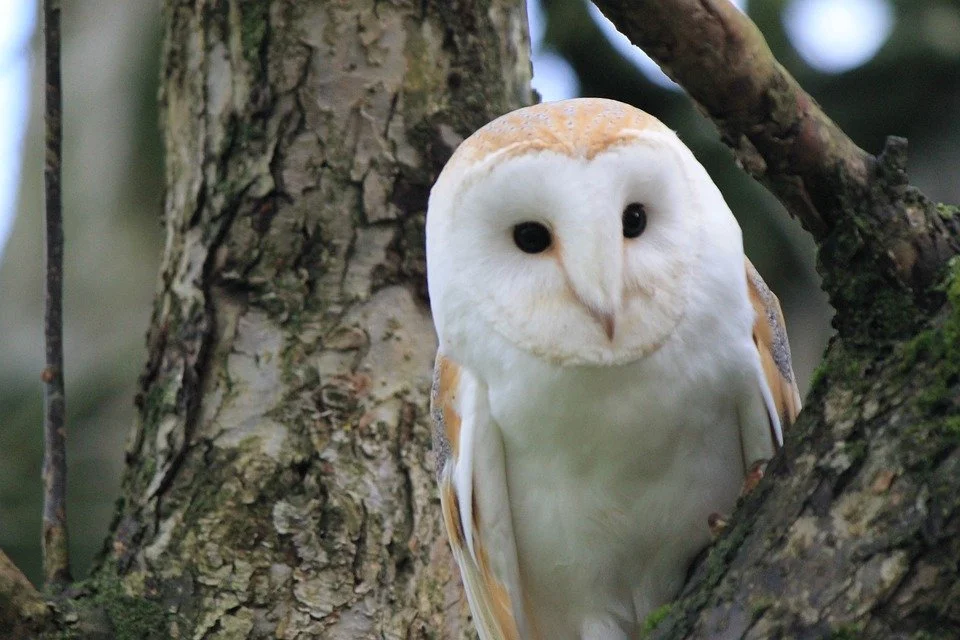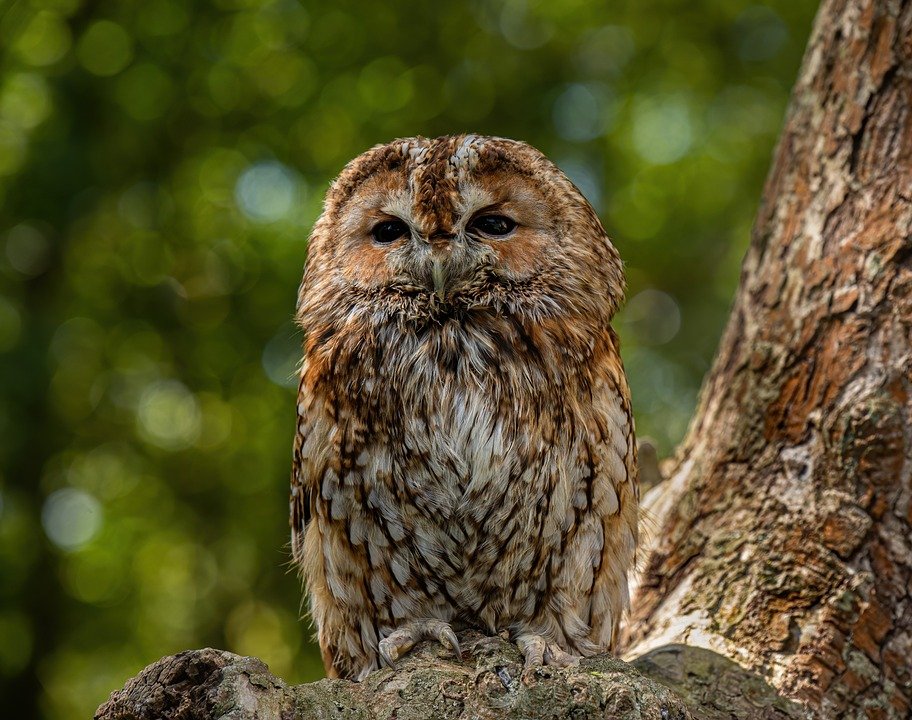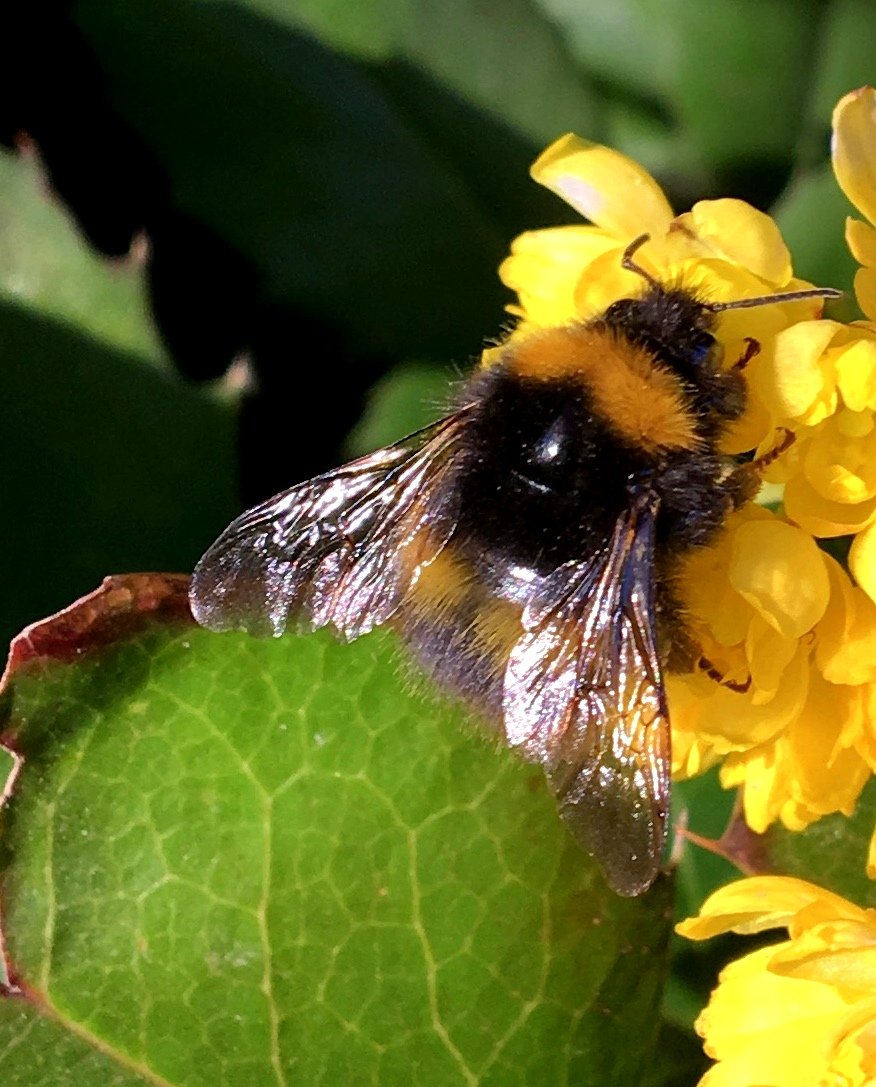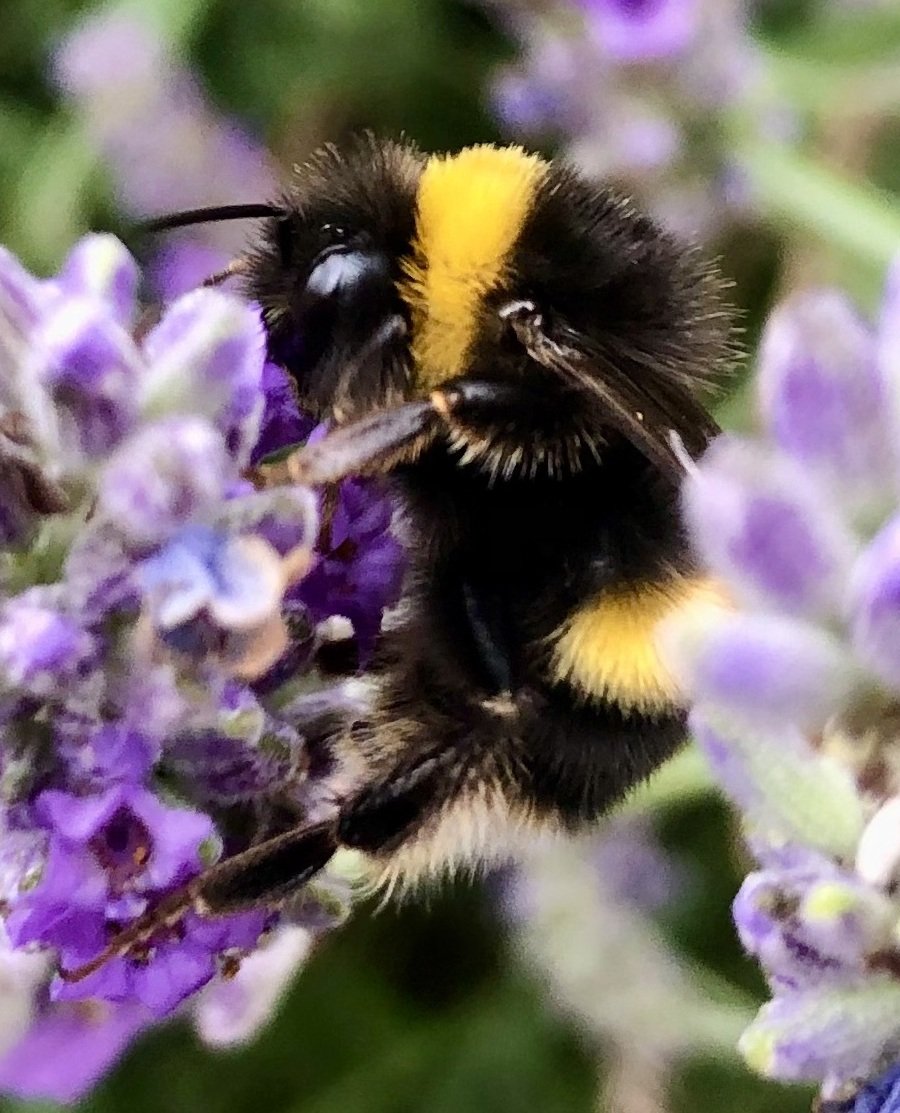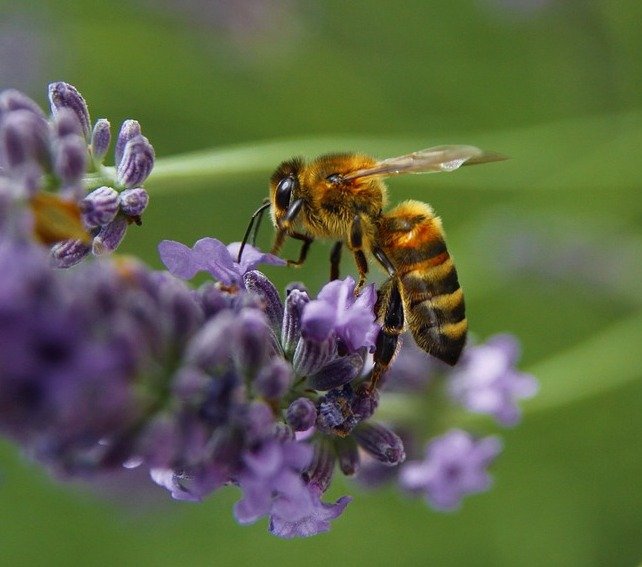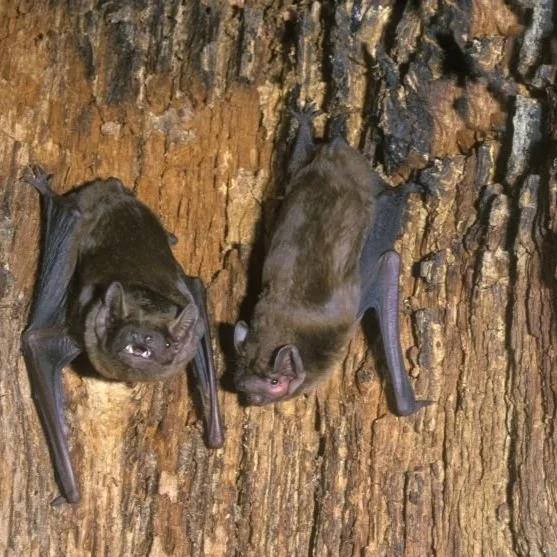Please see below a list of useful links to various websites and information about certain creatures that thrive in our trees, where they source both food and safe habitat, where to find Britain’s 50 favourite old trees chosen by The Ancient Tree Forum, and organisations that wish to ensure a safe environmental future for us all. Please see our Biodiversity page for further information.
https://www.rewildingbritain.org.uk/explore-rewilding/what-is-rewilding
https://www.theguardian.com/environment/2023/dec/29/stategy-protect-temperate-celtic-rainforest-england-atlantic-woodland-aoe?CMP=oth_b-aplnews_d-5&fbclid=IwAR1KcHnPwlSbY4d5fqNJoFmsYvLCKvsge1QwFSi7aGPKu5HU9HO47gmCiww
https://www.clientearth.org
http://www.treecouncil.org.uk/
https://www.ancienttreeforum.org.uk/ancient-trees/ancient-tree-sites-to-visit/london-the-south-east/
http://www.trees.org.uk
https://en.wikipedia.org/wiki/List_of_Great_British_Trees
https://ati.woodlandtrust.org.uk
http://www.defra.gov.uk/
https://www.forestryengland.uk/
https://www.gov.uk/government/organisations/natural-england
https://www.woodlandtrust.org.uk/
https://earthwatch.org.uk/
https://www.treesforcities.org/our-work/urban-trees
https://www.eac-arboriculture.com/eac-intro.aspx
https://ecologi.com/
https://ecotree.green/en/
http://www.tree-register.org/
http://www.internationaltreefoundation.org/
http://www.tdag.org.uk
https://www.lantra.co.uk/
https://thebeeconservancy.org/10-ways-to-save-the-bees/
https://bigbutterflycount.butterfly-conservation.org/https://bigbutterflycount.butterfly-conservation.org/
https://stagbeetles.ptes.org/take-part-in-the-great-stag-hunt/
https://www.bats.org.uk/about-bats/where-do-bats-live/bat-roosts/roosts-in-trees
https://www.barnowltrust.org.uk
https://www.nestbox.co.uk/products/tawny-owl-nest-box
https://www.netweather.tv/weather-forecasts/uk/7-day/14050~Henley-on-Thames
STAG BEETLES… thrive in our areas of southern England and feast on decaying wood, posing no threat to your living plants or trees. The males fly around during the summer evenings, looking for the smaller females. If you see one, why not log it here where records are kept. Thanks! https://stagbeetles.ptes.org/take-part-in-the-great-stag-hunt/
BUTTERFLIES… we’re not the only ones who benefit from fruit trees as the juice from ripe fruit provides valuable energy for butterflies in the autumn, while spring blossom is a great nectar source for pollinators.
OWLS… many species live successfully in the UK. Nesting boxes are often placed in trees to encourage breeding.
The barn Owl requires a larger box than the Tawny Owl - more information here: https://www.youtube.com/watch?v=EDh4Nsp-nrs
The Tawny Owl requires a smaller box than the barn owl- https://www.nestbox.co.uk/products/tawny-owl-nest-box
DEER… The extinction of wolves in the 16th Century has left an increased deer population. Subsequently tree protection is very important for newly planted trees to succeed to establishment.
JAYS… nature's successful tree planters! Colourful and noisy, the Jay is a member of the crow family known as 'Garrulus glandarius', which roughly translates to the 'chatty acorn gatherer’. Jay’s store their treasure by ‘planting’ their acorn harvest into soft soils, using existing cracks and crevices around roots, or hiding their gains under leaf debris, returning to dig them up as fodder through the leaner, winter months. It is believed a Jay will carry up to five acorns in their gullet and beak, each trip, and bury possibly 5,000 anywhere up to a mile away, during the autumn. However, the locations of many are forgotten and so allowed to germinate, becoming spring saplings, often thriving to maturity.
An interesting read: OBSERVATIONS ON THE COLLECTION AND BURIAL OF ACORNS BY JAYS IN HAINAULT FOREST, ESSEX BY M. R. CHETTLEBURGH 1951 - Https://britishbirds.co.uk/.../V45_N10_P359_364_A068.pdf
BEES… This bee is collecting pollen from a Lime (Tilia cordata) Tree. The Bee Conservancy says that bees get most of their nectar from trees. When a tree blooms, it provides hundreds — if not thousands — of blossoms to feed from. Trees are not only a great food source for bees, but also an essential habitat. Tree leaves and resin provide nesting material for bees, while natural wood cavities make excellent shelters. With deforestation and development on the rise, you can help bolster bee habitats by Planting and caring for trees,. We can advise on best pollinating tree species - take a look through our tree directory here!
BATS… Bat.org.uk says: Trees provide shelter and attract a diverse range of insect species for bats to feed on. Since bats are not able to bore holes or make nests, they use whatever gaps are available – including cavities and crevices made by other animals, or the natural decay of wood and timber.
